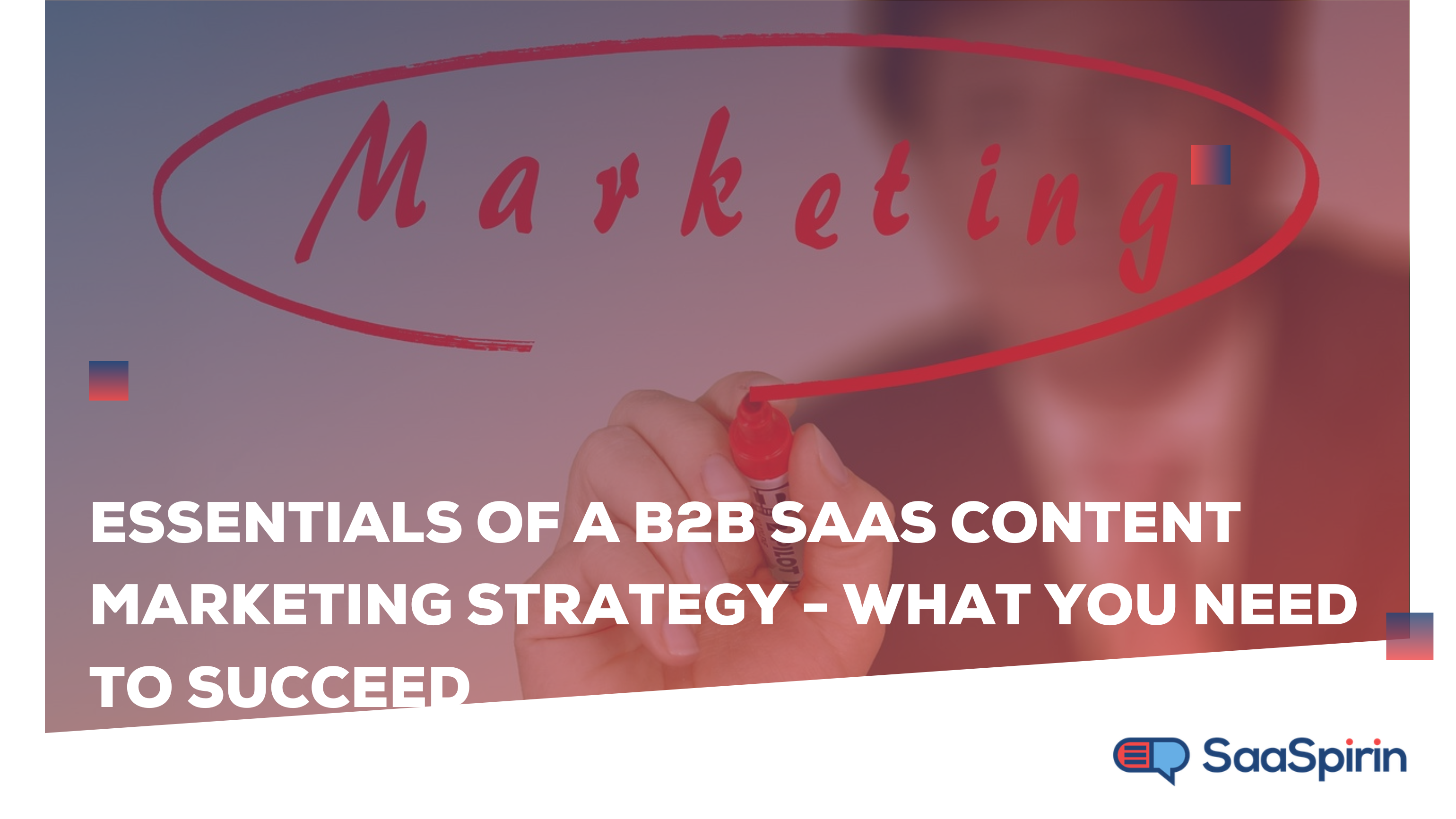The Role of Paid Marketing Channels in SaaS Content Marketing
By Nicolas Jacobeus on November 18, 2021
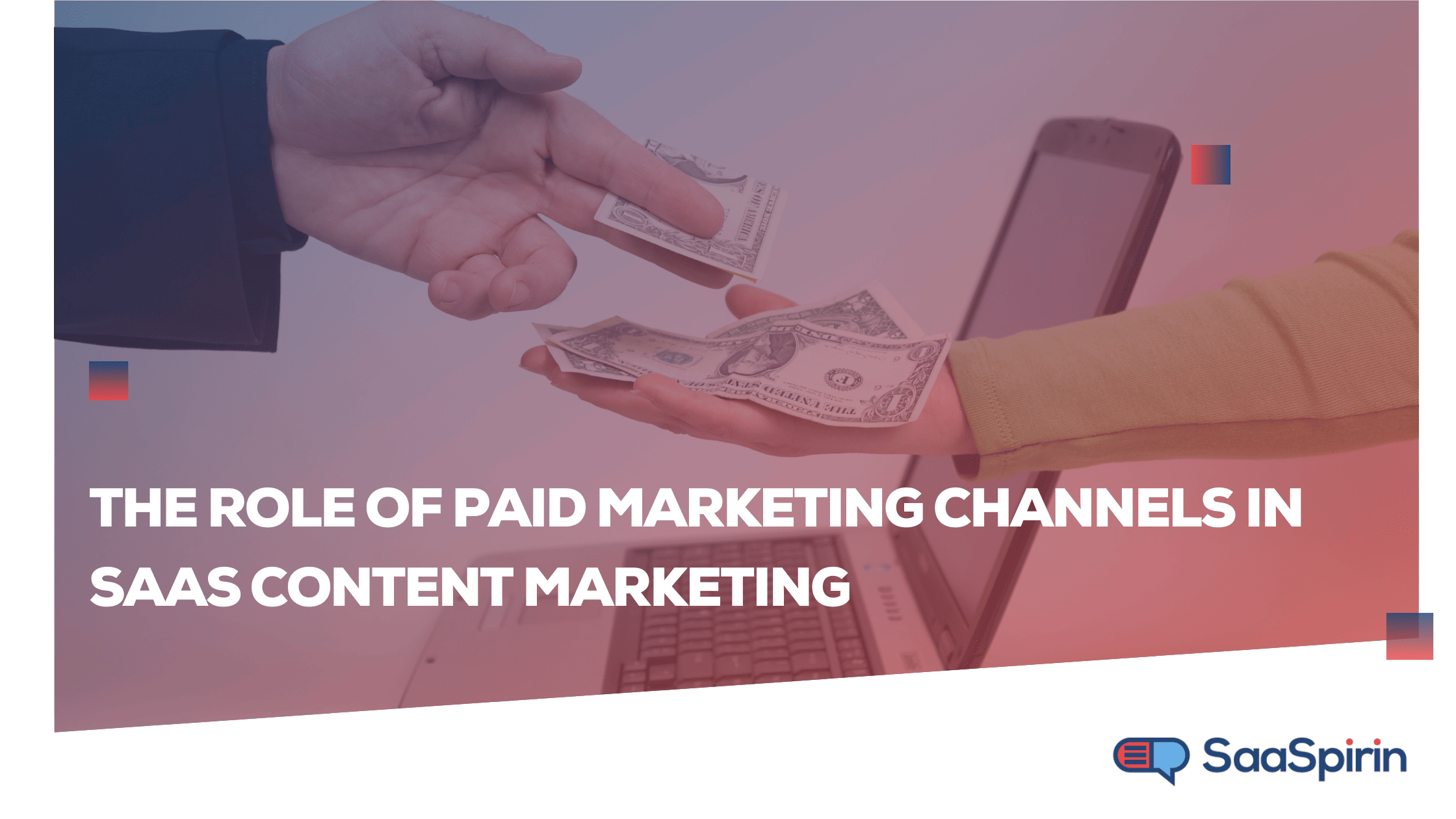
One thing is for sure: It goes beyond steadily pushing out good content (though that’s a major part of the puzzle).
To get to where you want to be, you also have to promote your content to ensure it reaches the right audience and, ultimately, bring in new customers.
You can promote your SaaS content through a slow and steady burn using email marketing, social media, SEO, etc. But if you want quick, positive results, then adding paid marketing channels to the mix is your best bet.
We’ve previously shared easy (and free) content promotion strategies for SaaS brands. So, in this guide, we’ll look at how paid marketing can help you reach your SaaS business goals. We’ll also go through some popular paid marketing channels for you to consider.
How paid advertising will help grow your SaaS business
Let’s start by discussing some of the benefits you’ll get by harnessing paid marketing channels for your SaaS business.
1. Quicker results
You can push out content and wait for it to gather steam organically. But if you want to get faster results (i.e., see conversions quickly), you need to push your content via paid marketing channels.
2. Increased brand awareness
Paid advertising can help more people discover your SaaS brand, even if you’re just starting out. Statistics show that 90% of searchers ready to purchase a product or service have no brand in mind before performing their search. So, paid search can nudge searchers in your direction when they’re faced with multiple choices.
3. Proper targeting
You’ll see good results from your content marketing when you put your content in front of the right audience. Paid social marketing platforms let you display ads to people based on their interests, demographics, etc. From advertising on Facebook to running ads on LinkedIn, you can set up your ads to display only to qualified leads.
4. Effective remarketing
Paid ads are essential tools for connecting with potential customers who visited your website but took no action. Whether these potential customers are congregating on Facebook or LinkedIn or are frequent searchers, you can re-engage them via remarketing (or retargeting) and nudge them deeper into your marketing funnel.
The top three paid marketing channels for SaaS brands
SaaS brands use paid marketing channels to get their best content in front of their target audience quicker. You’ll need to determine what kind of content to promote on the channels you choose. This is usually valuable content specifically designed to capture leads. It could be a video demo, a special tool, a downloadable checklist, a white paper or special report, or thought leadership article.
1. Paid search
It’s no coincidence that advertising makes up 86% of Google’s revenue. Another report by CMI shows that search engine marketing (SEM) is the primary content promotion strategy most B2B businesses use.
Paid search is an effective paid marketing channel for SaaS organizations. Granted, you can drive search traffic to your website organically by implementing specific SEO strategies. But paid search marketing can help attract targeted visitors to your business while you wait for your content to move up in SERPs.
SaaS company Crosscap uses Google Ads to promote demos for its product.

Google Ads (and Bing Ads) capture the right audience for businesses by showing ads to searchers based on the keywords they use in their search queries. So, by creating your ad campaigns around popular keywords and phrases your target prospects use, you’ll end up gaining new users for your SaaS products.
Another advantage of promoting your content via paid search is that you can easily set up retargeting campaigns, as we mentioned earlier.
2. Social ads
Social ads are effective paid marketing channels for SaaS brands. An Episerver survey found that among 63% of customers who clicked a social ad, 33% ended up purchasing the advertised product. This explains why 72% of B2B marketers report promoting their content via paid social.
Promoting your content on LinkedIn can be a great way to reach business users, as you can see in this example where Shopify Plus promotes a checklist it created for ecommerce retailers.
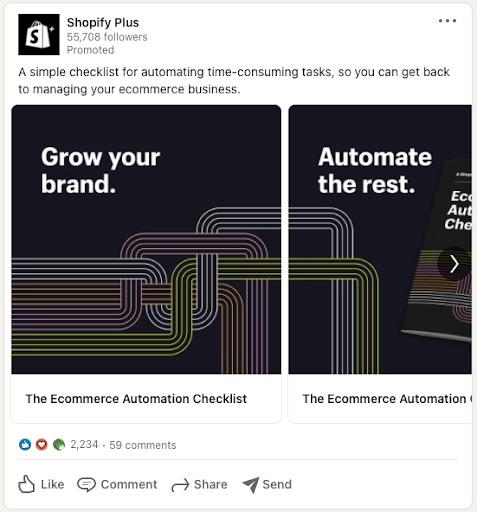
What’s more, according to Hootsuite, “The average organic reach for a Facebook post is 5.17% of a page’s likes, while the average paid reach is 28.1%.” So instead of pushing out content and depending solely on organic reach, social ads can help you get significantly better results.
Every social platform has its cost models (CPM, CPC, etc.), accepted ad formats/styles, and best practices. So, identify what’s working on a platform before pushing out your ads. Twitter marketers, for example, will get 50% lower cost-per-engagement simply by including a video in their promoted tweets.
Facebook, like Google, has retargeting technology (i.e., it can track people who visit your website). So if you advertise on Facebook, you can target people who visited specific pages on your website. This way, you’ll end up re-engaging slow-action-taking prospects and get them back into your marketing funnel.
3. Video promotion
More and more businesses are diving into video creation (and promotion)—according to Wyzowl, 86% of businesses have embraced video as one of their marketing tools. On top of that, almost all (96%) of marketers have placed ad spend on video at one time or another.
Video-sharing giant YouTube recently replaced Facebook as the leading platform to influence customer behavior. And 86% of people agree that watching a brand’s video compels them to purchase a product or service.
You can take advantage of many types of ads on video platforms. If you create video content, you can boost your video views on platforms like YouTube by running paid promotions, for example. You can showcase your content at the start of related videos, like voiceover software Speechelo does below.
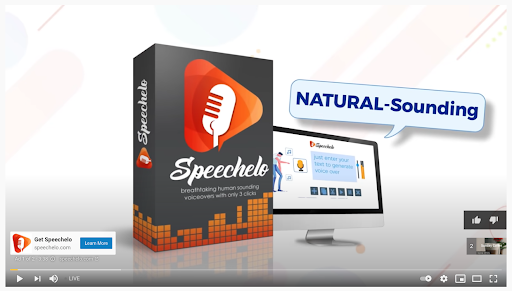
If you have no YouTube channel, you can still create engaging video ads, promote them, and then redirect the paid traffic to other content on your website. Learn more about B2B advertising on YouTube.
Getting started with paid advertising
Before diving into paid advertising, you should consider your budget. Facebook Ads, for example, cost an average of $0.97 per click, while the average cost of retargeting on Google is between $0.66 and $1.33 per click.
With your ad budget in place, it’s time to choose a paid marketing channel. Do a bit of research at this stage to find where your potential customers are congregating and the kinds of content they enjoy the most.
Finally, you can create and promote your ads. Ensure you learn (and implement) what works best across diverse paid marketing channels for better results and positive ROI.
Need help creating quality content for your SaaS website? Contact SaaSpirin today so we can start producing action-driving content your audience will love.
You May Also Like
These Related Stories
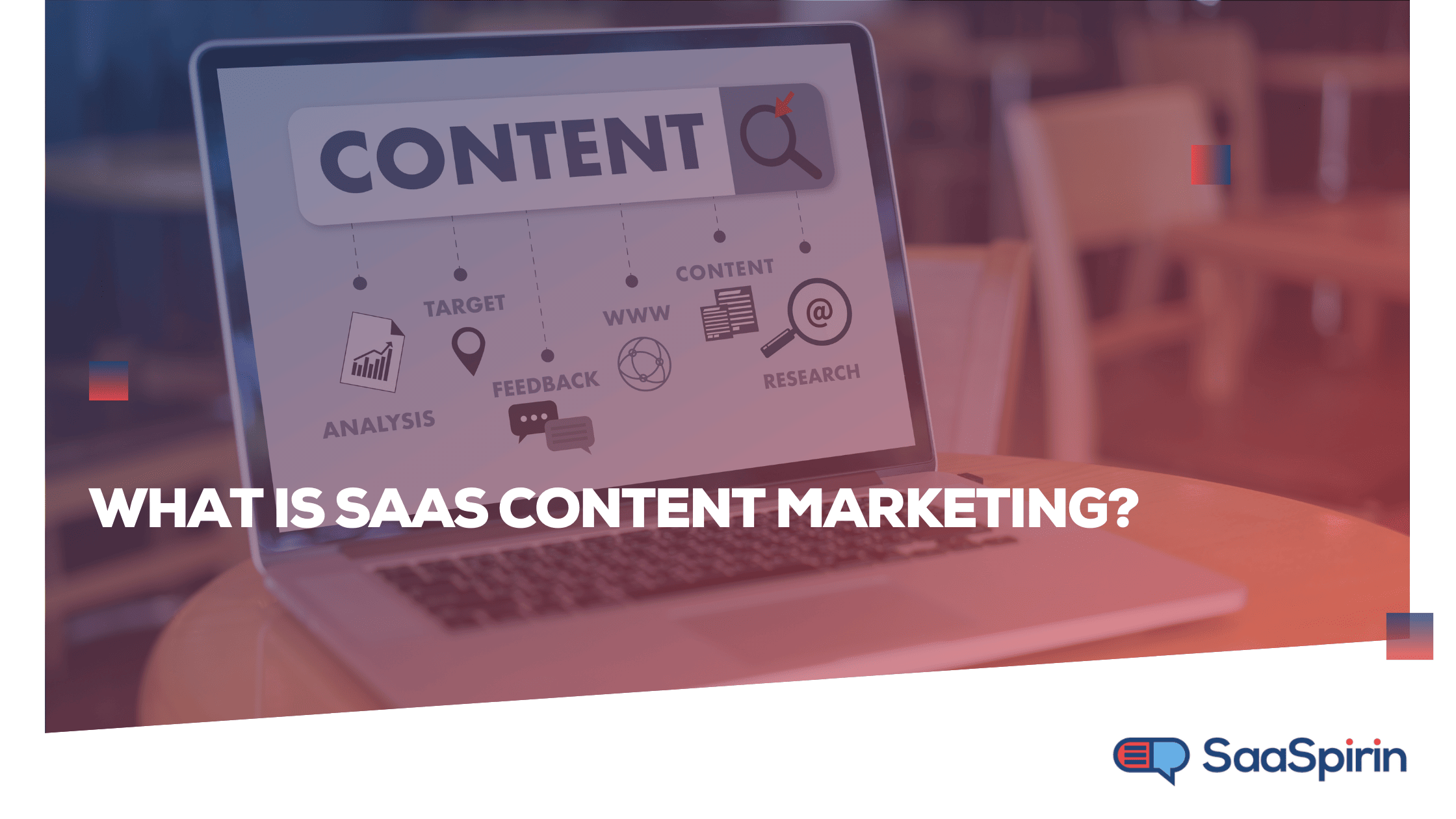
What is SaaS Content Marketing?
.png)
Which Type of SaaS Content Marketing Agency Do You Need?
